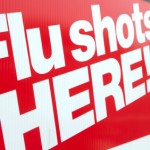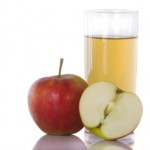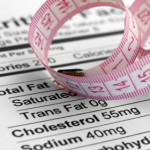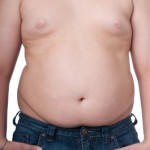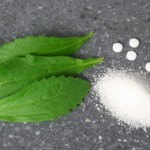The Wall Street Journal this morning had an article titled, "Where Could The Next Outbreak Of Measles Be?" A secondary heading on a later page said, "Low Vaccination Rates Trigger Fears," and there was a US map showing problem areas. Boulder, Colorado was one of those hot spots.
The article led me back to the concept of "herd immunity," very well illustrated on a webpage from the National Institute of Allergy and Infectious Diseases. Basically it says we need a relatively high percentage of a given population to be vaccinated (AKA immunized) against a given disease in order to prevent epidemics.
The particular viral disease I'm writing about is measles, sometimes called "red measles" or, technically, rubeola. The National Library of Medicine has an excellent, brief description of this ailment and notes that before widespread vaccination became common, most people had a case of measles before age 20.
Then the MMR vaccine was developed by a Merck scientist in the 1960s. Measles incidence went from being, as a 1954 quote termed it, "as inevitable as death and taxes," to an uncommon to rare disease in developed countries. In the US for the twenty years after the vaccine was licensed, an estimated 52 million overall cases, 17,400 leading to mental retardation and 5,200 deaths were prevented.
In 2000 the WHO estimated that there were still ~45 million cases of measles worldwide yearly causing 800,000 deaths. While mortality in developed countries was ~1/1000, in sub-Saharan Africa, mortality was 10%. In cases with complications, the rate could rise to 20–30%. On average, ~450 children died every day from measles. By 2007 immunizations had cut the yearly global death rate by 75%.
But in 1998 an article in The Lancet had caused a stir that has continued to this day. A British gastroenterologist reported a series of 12 young patients who were referred to his practice with bowel complaints. Their average age was six and 8 of them developed symptoms of autism within a month after they got their MMR injection.
Many parents hearing about this report stopped their children's immunizations. This was in spite of numerous much larger studies showing no connection between MMR and autism. In 2005 a Japanese group showed an increase in autism diagnoses in children who got their childhood immunizations after the country's particular MMR vaccine was withdrawn from use because of a suspected side effect of the mumps component. In 2009 a review of multiple large studies was published examining three linkages that had been proposed: MMR and autism, thiomerosal (a mercury-based preservative chemical used in some vaccines, but not in MMR) and autism, multiple vaccinations and autism.
The accumulated data from these large groups in a number of countries showed no association between any of these factors and autism. Finally in 2010 The Lancet published a rather wishy-washy retraction of the Wakefield article. His license had been revoked by the UK General Medical Council and the British Medical Journal's editorial staff published a much stronger condemnation of Wakefield's work in 2011, calling it fraudulent.
And yet today's WSJ article note parts of the US, especially in the northwest, have relatively poor compliance rates with vaccination guidelines. Parents can opt out because of medical, religious or even philosophical concerns. Low-income kids can receive free immunizations under a federally-funded programs, but one physician interviewed said the parents in his practice who don't want their kids vaccinated are wealthy and well-educated.
We've seen some minor outbreaks in the past few years. If we don't overcome parental misinformation and fears, we may have a major epidemic.






